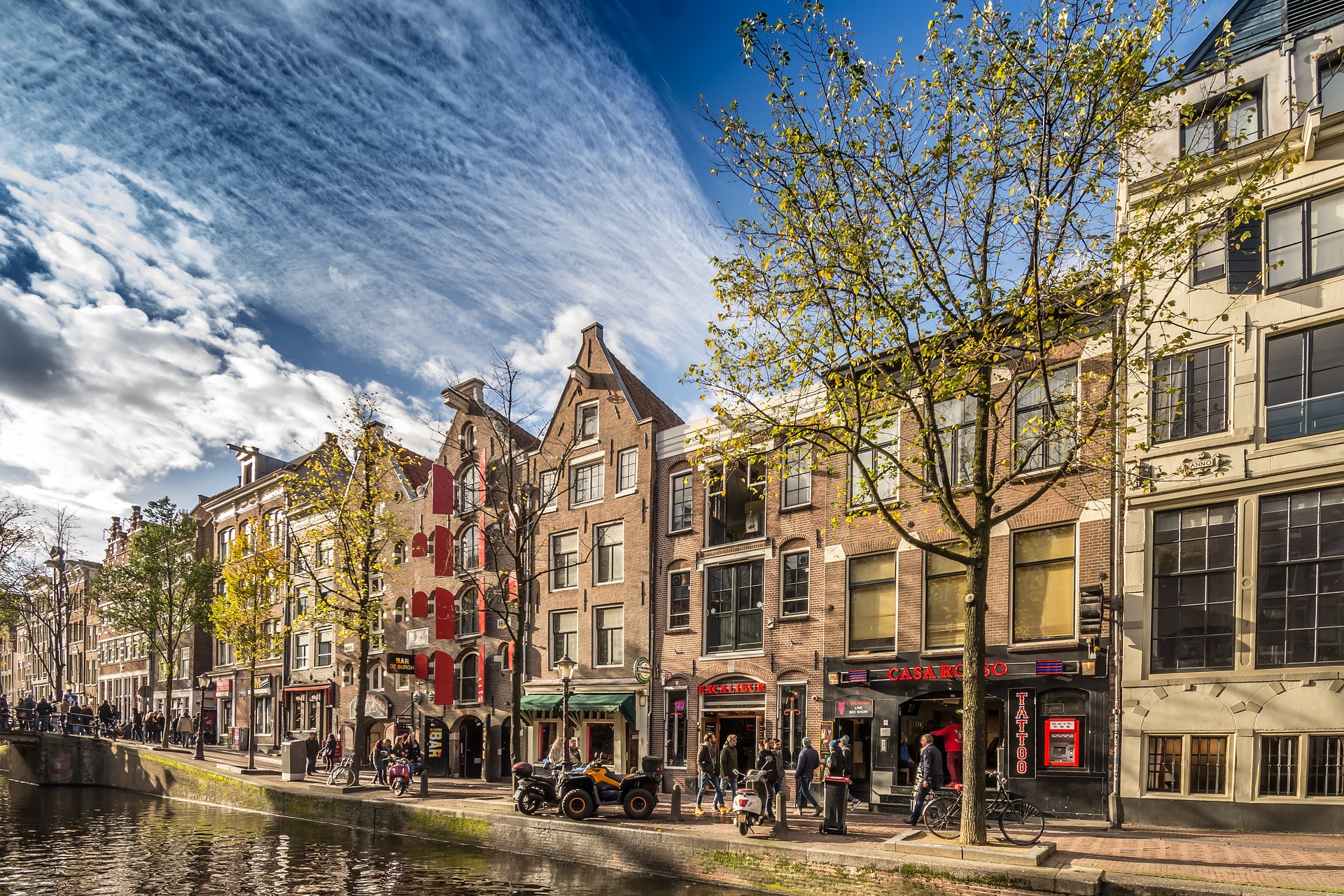Journey into the World of Heritage Tourism: A Deep Dive into History, Culture, and Preservation
Heritage tourism, a journey into the past that shapes our present and future, is an increasingly popular travel trend. It offers an enriching and enlightening experience, blending adventure with a deep appreciation for history, culture, and preservation. Let's step into this unique world, exploring its roots, understanding its relevance, and discovering its impact on globetrotters worldwide.

The Genesis of Heritage Tourism
Heritage tourism’s inception traces back to the early ages when knowledge and culture were transmitted through pilgrimages, festivals, and storytelling. With time, the concept evolved and gained a formal structure, fueled by the growing interest in archaeological sites, historical monuments, and cultural festivals. The rise of photography in the 19th century further boosted heritage tourism, allowing travelers to capture and share their experiences.
Heritage Tourism in the Modern World
Today, heritage tourism transcends mere sightseeing. It encourages travelers to delve deeper into the local culture, history, and traditions, fostering a sense of respect and responsibility towards preservation. UNESCO’s World Heritage Sites are prime examples, attracting millions of tourists while promoting conservation and sustainable tourism.
The Many Facets of Heritage Tourism
Heritage tourism is not a one-size-fits-all concept. It features various sub-categories, each offering unique experiences. These include:
-
Cultural Heritage Tourism: Focused on experiencing and understanding local arts, traditions, and customs.
-
Historical Heritage Tourism: Involves exploring historical sites, monuments, and landmarks.
-
Natural Heritage Tourism: Emphasizes on natural landscapes, biodiversity, and environmental conservation.
The Impact of Heritage Tourism
Heritage tourism offers multiple benefits. It boosts local economies through job creation and revenue generation. It raises awareness about history, culture, and conservation. Additionally, it fosters a sense of global community, bridging cultural gaps and promoting mutual understanding.
Heritage Tourism: The Challenges
While heritage tourism has many advantages, it also faces challenges. Over-tourism can lead to damage and degradation of heritage sites. Furthermore, the commercialization of local cultures may lead to loss of authenticity. Therefore, responsible tourism practices must be promoted to ensure sustainable development.
Interesting Insights into Heritage Tourism
-
Heritage tourism accounts for a significant portion of global tourism. According to the World Tourism Organization, nearly 40% of all global tourism is considered cultural tourism, a large component of which is heritage tourism.
-
Heritage tourism plays a vital role in conserving endangered sites. The revenue generated from tourism often goes towards preservation efforts.
-
UNESCO’s World Heritage List includes over 1,100 sites in 167 countries, all of which are recognized for their outstanding universal value.
In conclusion, heritage tourism is more than just a travel trend—it’s an immersive educational experience that brings history to life and promotes cultural understanding. As we step into the shoes of those who lived before us, we gain a new perspective on our shared history and our place in the world. So, on your next trip, consider exploring the rich tapestry of heritage tourism. It could lead to an unforgettable journey of discovery and learning.
